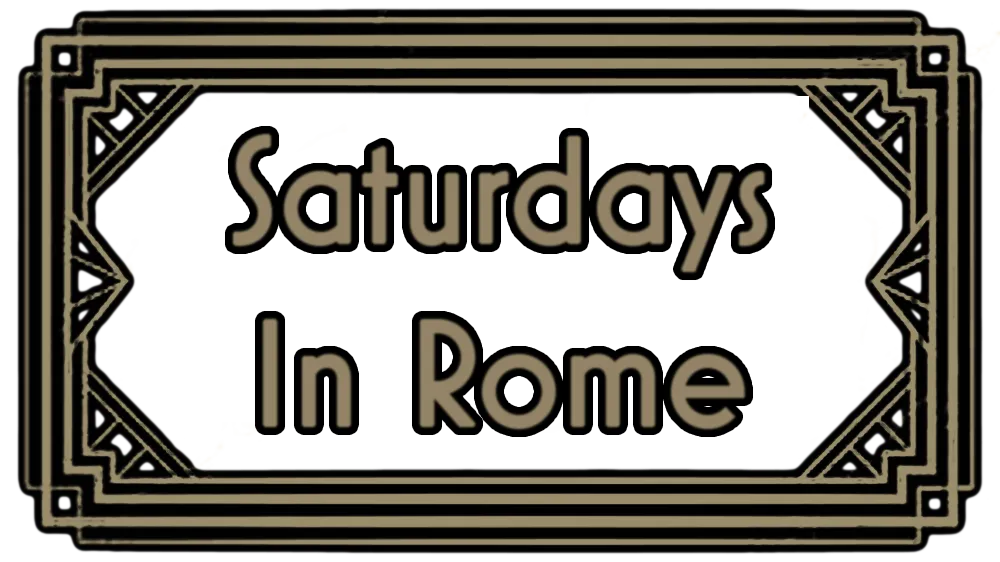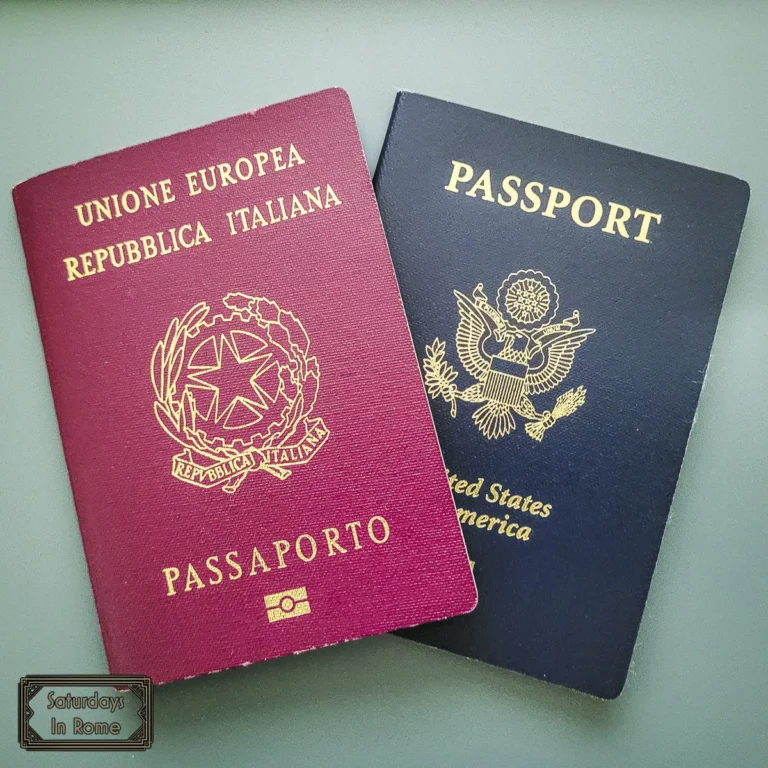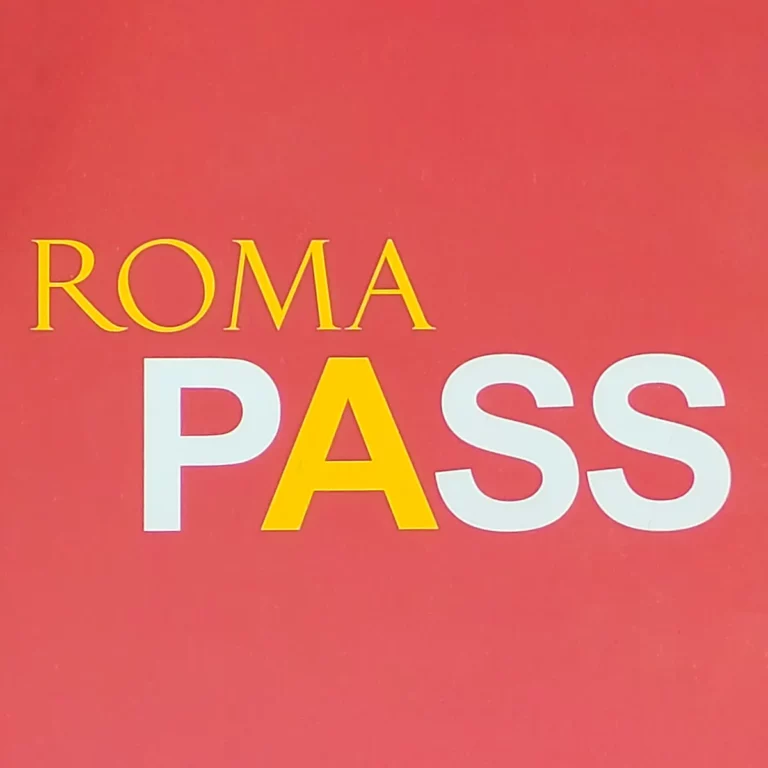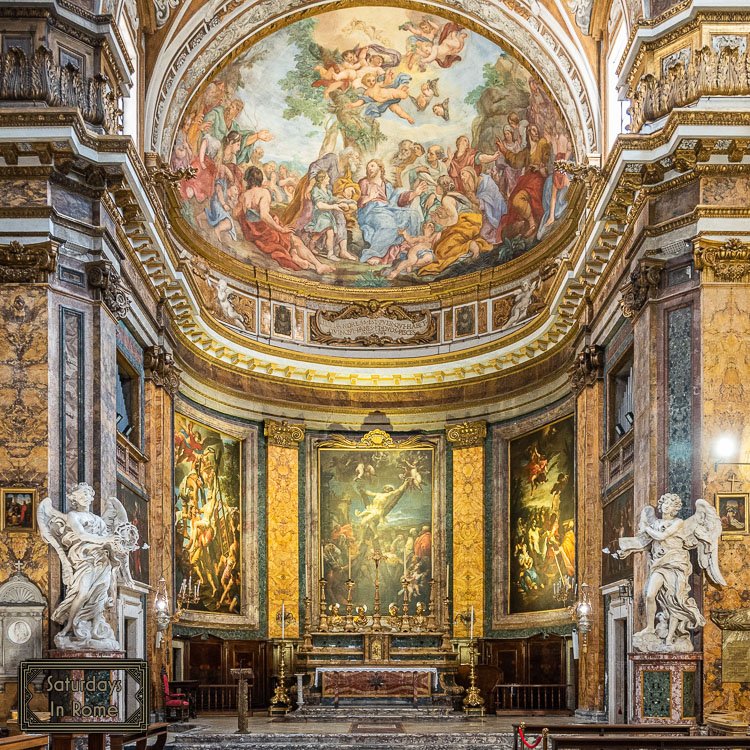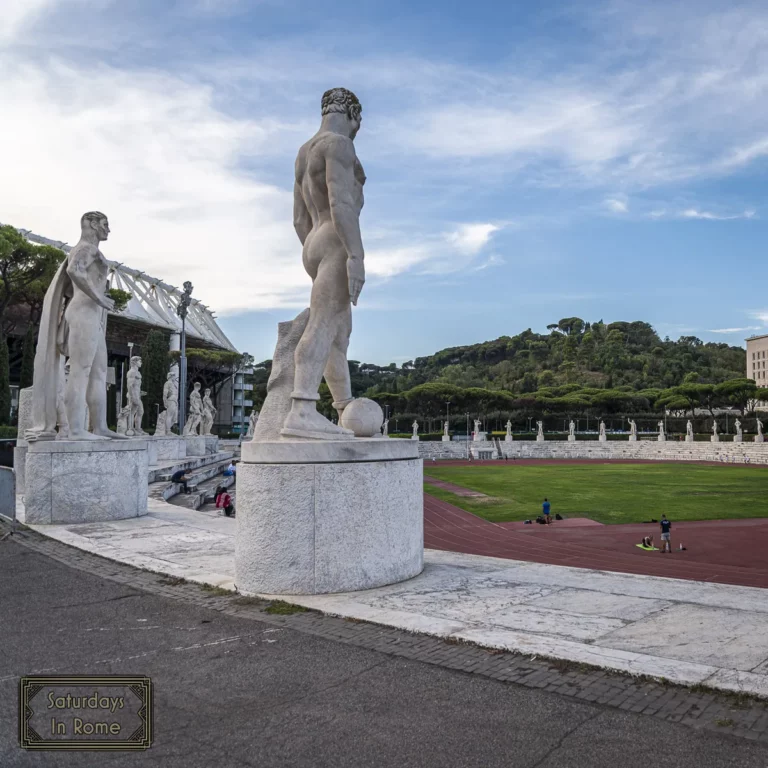The Capitoline Museum Highlights Are Historically Beautiful
The Capitoline Museum highlights trace back to 1471 with a collection that is very closely linked to Rome and they are considered the first museums in history.
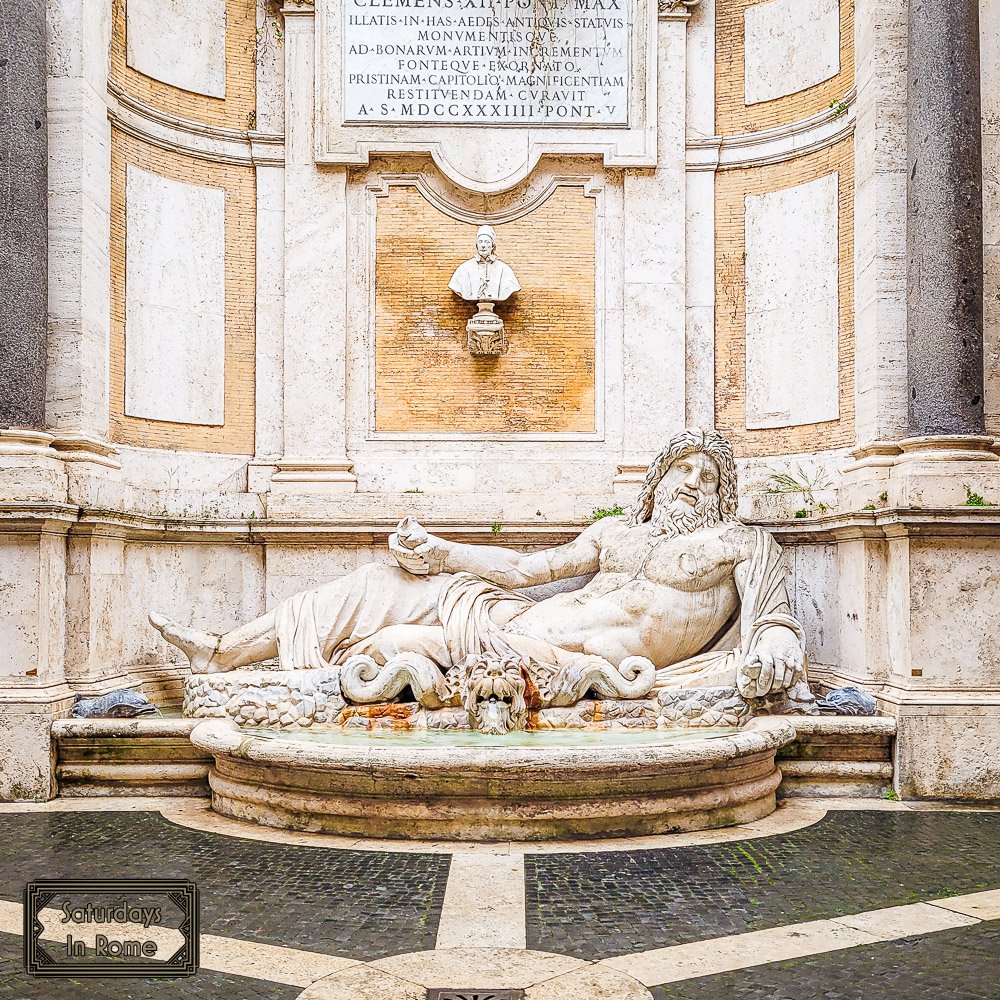
Marforio The River God
Capitoline Hill
Despite being the lowest and the smallest of the seven hills of Rome, the Capitoline (Campidoglio) is perhaps the most linked to the historical events of the city. Once the site of an ancient village, the Capitoline was the place chosen for the construction of numerous temples dedicated to Roman gods and the hub of political and religious activities in the city.
Need Help Planning?
- Cheap Flights: Find The Most Affordable Flights.
- Accommodations: From 1 to 5 Stars And More.
- Car Rentals: Affordable Travel Across Italy.
- Sightseeing Tours: Explore Some Amazing Tours.
- Buying An eSIM: Stay Connected In Italy.
This post includes affiliate links.
Legend has it that at the time of the founding of Rome, Capitoline hill was conquered by the Sabines. The young woman who betrayed the city would open the city gates to enemies, in exchange for rings and gold bracelets that the invaders wore on their left arm. The young woman was in turn betrayed by the Sabines themselves who, once inside, threw their shields at her, killing her.
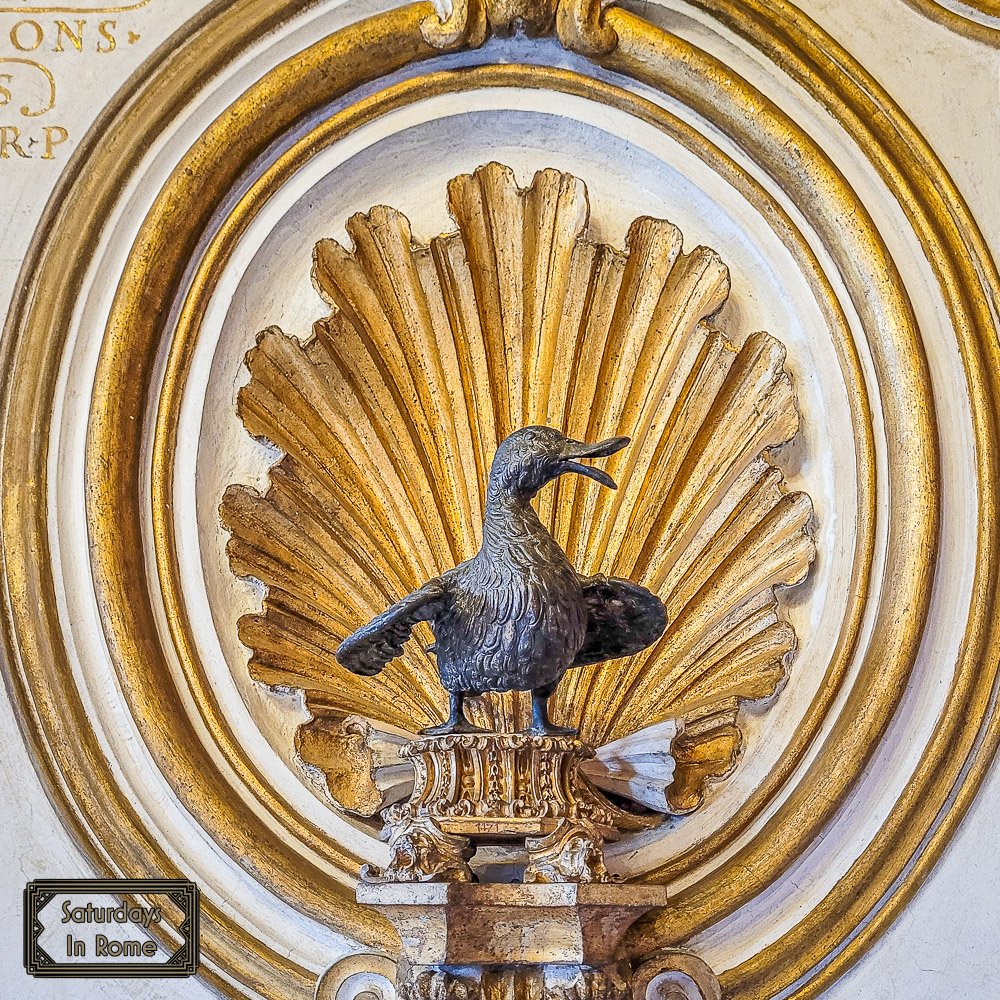
I Love This Duck
With obelisks, temples, statues and even a pyramid from the 1st century B.C., ancient Rome was experiencing a real “Egyptomania”, following the conquest of the territory by Julius Caesar and Augustus. Two magnificent basalt lions from the temple dedicated to the gods Isis and Serapis were initially placed at the entrance of the church of Santo Stefani in Rome. In 1587, when the Acqua Felice was brought to the Capitoline Hill, the lions were transformed into fountains, and two travertine chalices were placed in front. During special occasions or solemn feasts, instead of water, white and red wine from the Castelli Romani flowed from the mouths of the two feline sculptors to the great joy of the Roman people.
The Capitoline Museum Highlights
The origins of the Capitoline Museums are traced back to 1471 and they can be considered the first museums in history when Pope Sixtus IV della Rovere gave the Roman people a group of bronze statues of great symbolic value, the She-wolf, the Spinario, the Camillus and the colossal head of Constantine. The collections in the museums have a close link with the city of Rome, from where most of the works come.
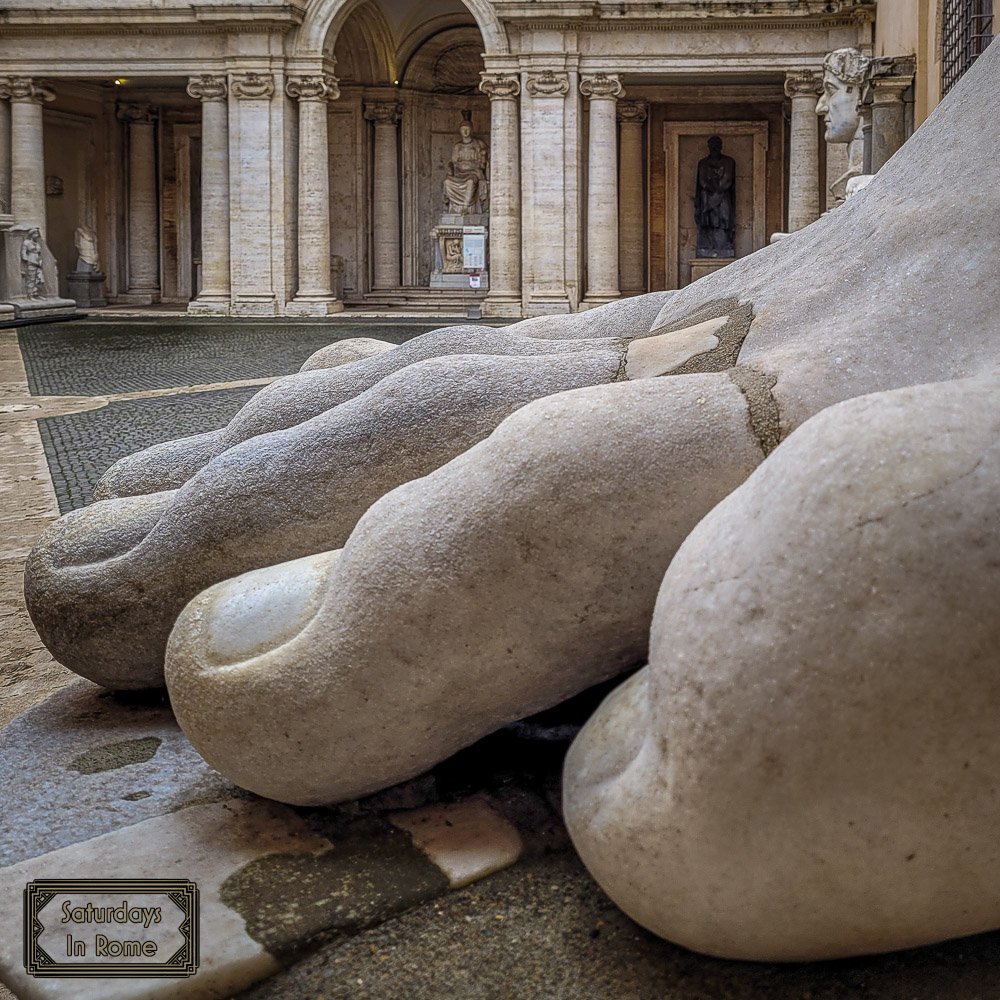
Perspective!
The statues were initially placed outside and in the courtyard of the Palazzo dei Conservatori but the collection rapidly grew by subsequent acquisitions from urban excavations closely connected with the history of ancient Rome. The choice of location was not made without a lot of consideration. The Capitoline Hill was chosen, which housed the center of the administrative and religious life of Ancient Rome and which was also the seat of the city’s civil magistrates since the Middle Ages.
Important Highlights Of The Museum
- She-Wolf (a.k.a. Lupa Capitolina) – This is a bronze sculpture of unknown date kept in the Capitoline Museums. The twins below the wolf, representing Romulus and Remus, were added in the 15th century. It is traditionally considered Etruscan and it is believed that it was cast in the lower Tiber valley and that it has been in Rome since ancient times.
- Saint John the Baptist – John the Baptist was the subject of at least eight paintings by the Italian Baroque artist Caravaggio.
- Good Luck – This painting by Caravaggio was the first version of two, which shows a girl removing an unwitting man’s ring. Caravaggio was one of the founders of genre painting in European art.
- Boy with Thorn – This is a statue of a naked boy sitting on a rock pulling a thorn from his foot, known as Spinario. I mentioned this above as one of the early sculptures of this museum.
- Equestrian Statue of Marcus Aurelius – This statue represents the Emperor Marcus Aurelius. In 1981, for reasons of preservation, the statue had to be removed from its base and moved inside the museum. A copy was made and erected in Piazza Campidoglio.
- Marforio – This colossal statue of a river god from 1644 was inside Palazzo Nuovo, a true sculptural masterpiece of late Republic / early Empire Rome, found near the nearby Church of San Pietro in Carcere in the Roman Forum. The statue has a very important symbolic value because, along with some others, it was one of the “talking statues”. Political and social protests of the Roman people were placed on or near these statues, but I’ll save that for another post.
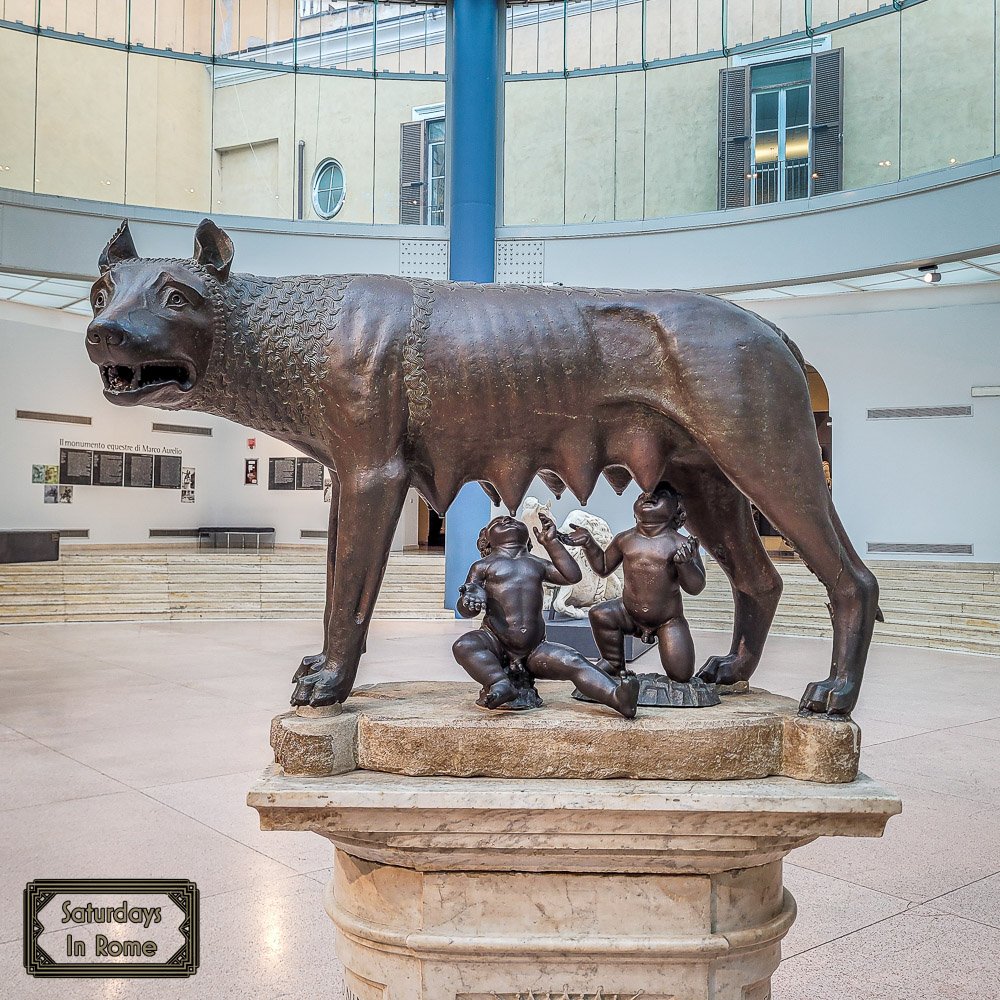
She-Wolf with Romulus and Remus
How To Get Tickets For The Capitoline Museum Highlights
Online purchases are strongly recommended and MIC card holders (described below) are entitled to free admission. Otherwise you should go to the ticket counter of the Capitoline Museums.
There is a long list of reasons you should review if you are interested in free admission. For example, if it’s the first Sunday of every month or if your children are under 6 years of age. There are also a list of reasons for discounted tickets (Concessione) like if you’re a teacher in the state/city or if you are a group of at least 20 people.
The MIC Card
The MIC is the card of the Museum Network of Rome which, for 5€, gives you for one year:
Free and unlimited access to the 18 museums of the network
Free access to 25 archeological and historical-artistic sites in the city
Free guided tours with the researchers, thanks to the MIC program
Skip-the-line access to the museum
Free and direct access to special events such as The Night of the Museums and Museums in Music
10% discount in the cafes and bookshops of the Museums
You can use the MIC if you are over 18 years old and a resident of the Rome Metro Area, or if you are a student in a public or private university in the Rome Metro Area. For the Capitoline Museums, the MIC card entitles you to a reduced ticket for the exhibitions hosted in the exhibition spaces and providing for separate ticketing. The online pre-purchase of the reduced entrance ticket is mandatory.
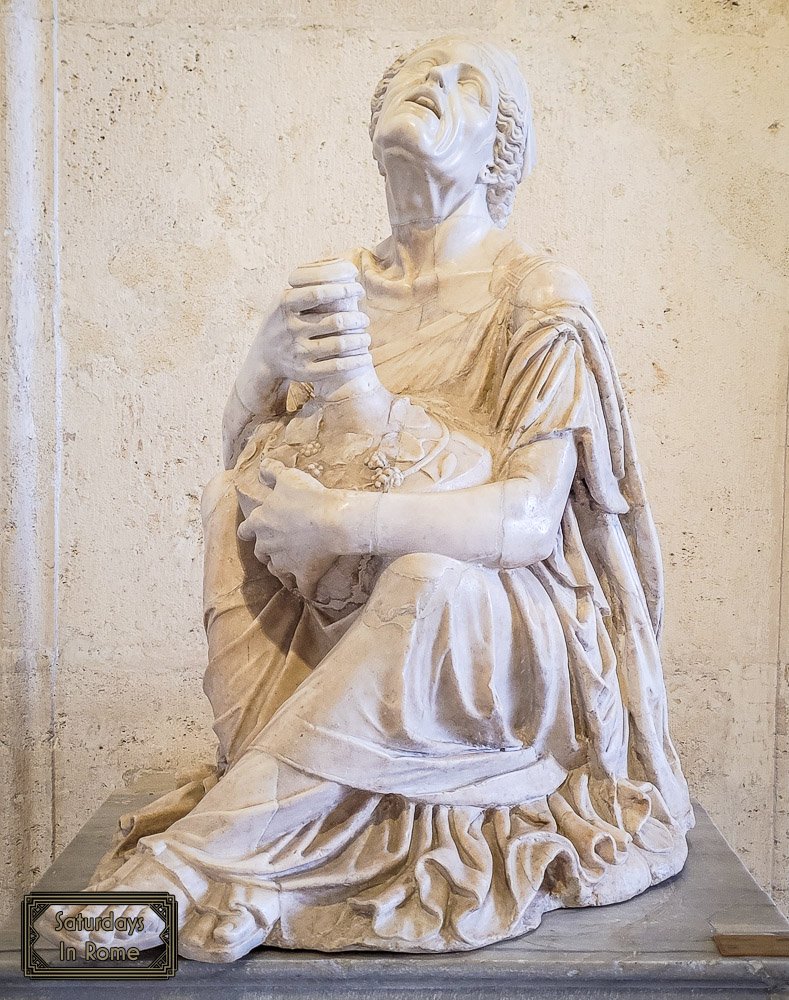
Drunk, Old Woman (That’s The Real Name)
Capitoline Museum Hours
This is one of the most accessible museums I’ve ever visited. The operating hours are:
- Open Everyday from 9:30am to 7:30pm
- On December 24th (Christmas Eve) and 31st (New Years Eve) from 9:30am to 2:00pm
- The museum is closed on New Year’s Day, May 1st and Christmas Day
Last admission is one hour before closing time and you should consider that for reasons of protection of the works of art, the staff will request that bulky bags, backpacks, umbrellas and other potentially harmful objects be left in the cloakroom where lockers are provided. Objects left in the self-service cloakroom must be collected before the museums close.
Virtual Tours Of Rome Culture
There is a video guide on the permanent exhibits of the museums in Italian, English, French, German, Spanish, Russian available for 7.00€. The guides can be purchased directly from the ticket office and are supplied to the visitor already sanitized with a disposable headset. A museum app is available in the IOS and Android stores.
I used this video tour and it was great. You walk around with a tablet around your neck listening and seeing descriptions of the art work you are seeing. The great part for me was that you can choose how long you want your tour to be, and the guide will adjust, skipping over the rooms and pieces that don’t fit into the theme of the tour you chose.
Are The Capitoline Museums Highlights Worth Visiting?
The Capitoline Museum highlight are definitely worth a visit, given the history of the museum, the depth of the collection and the convenience of the location. For more information related to the museum, check out these other posts:
- Top Museums And Galleries In Rome You Must Visit.
- The Borghese Gallery And Museum Shouldn’t Be Missed.
- The Vatican Museums and Sistine Chapel.
- The Palazzo Altemps Museum Collection Of Sculptures Is Great.
- The Bone Church in Rome, Italy.
- Is The Ara Pacis Augustae Museum In Rome Worth Visiting?
- The Centrale Montemartini Museum Is A Great Art Collection In Rome.
- The Rome Historical Museum Of The Liberation Helps Never Forget.
- The Museum Of Zoology In Rome Is Alive With Natural History.
- The Canova Tadolini Cafe Is A Beautiful Place For Espresso.
- The Museo Della Forma Urbis Is Rome’s Newest Site To Visit.
- The Video Game Museum In Rome: The Essential Guide.
